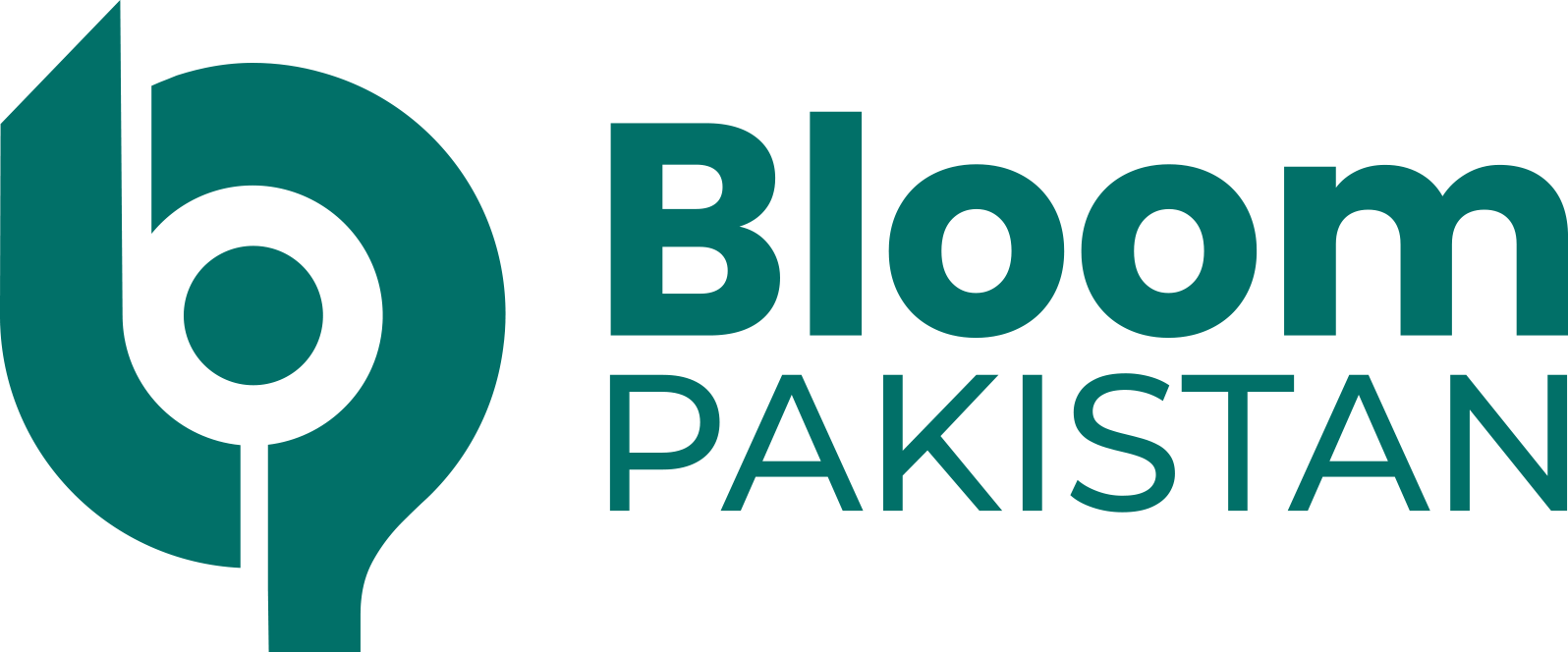Islamabad, Oct 16: Global Smartphone Market Sees Modest Growth as Samsung Nearly Dethrones Competitors
In a recent announcement, Canalys revealed its initial research results for the third quarter of 2024’s global smartphone market.
According to the data, shipments have increased noticeably both annually and sequentially. Analysts in the field believe that the continuous cycle of replacement is the main driver of this expansion, with particularly intense competition occurring between July and September.
Although Samsung continued to lead the market, its hold on the top place in Q3 was shaky at best. Rounding to the nearest whole figure, Apple’s market share was equal to that of the South Korean computer behemoth, indicating a fiercely competitive fight between the two titans of the industry.

The top five rankings were completed by Vivo, Oppo, and Xiaomi. That being said, Apple stole the show, recording its highest-ever third-quarter volume.
The American company’s iPhone 15 series had strong demand, and since more new handsets with Apple Intelligence are anticipated later this month, excitement is growing for those as well. Despite these obstacles, analysts believe that a larger market trend preferring high-end smartphones is mostly responsible for the spike in Apple’s shipments.

With the release of the iPhone 16, the tech giant is predicted to return to the top of the smartphone market in Q4 and maintain that position through the first half of 2025. Although there may be a little implementation delay in certain areas, the extension of AI features to important markets like Europe and China is mostly responsible for this predicted success.
As we approach the busiest shopping season, the global smartphone market seems to be headed for significant growth. Black Friday in late November, China’s Singles’ Day on November 11 (11.11), Diwali in India on October 31, and the Christmas season at the end of the year are all anticipated to be significant sales drivers.
Although Canalys notes a general uptick in the smartphone market, it also draws attention to persistent difficulties that certain vendors continue to experience. These challenges include managing regulatory barriers, especially those inside the European Union, and creating demand on a worldwide scale.
As the sector enters this critical sales time, its view is cautiously hopeful despite these obstacles.









